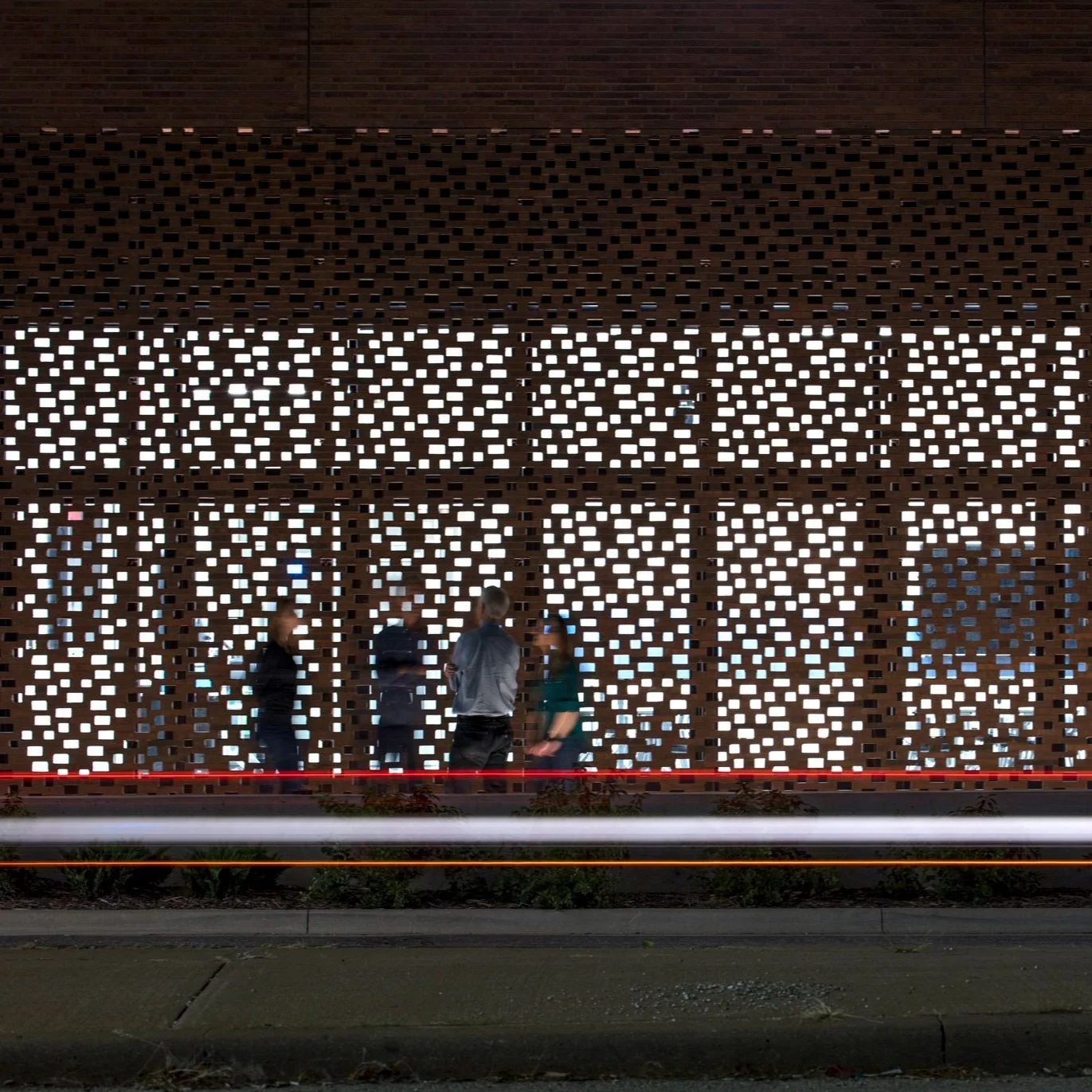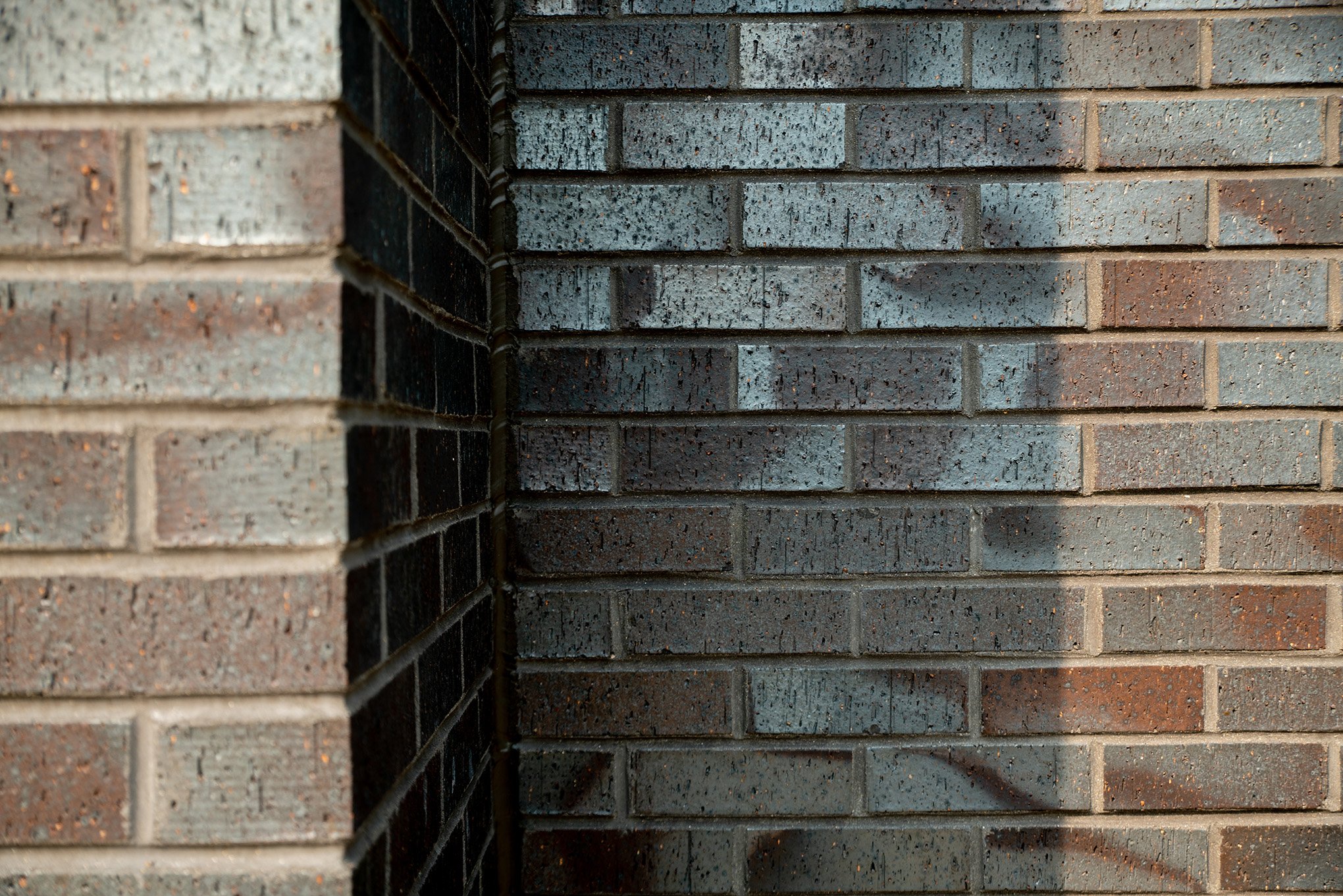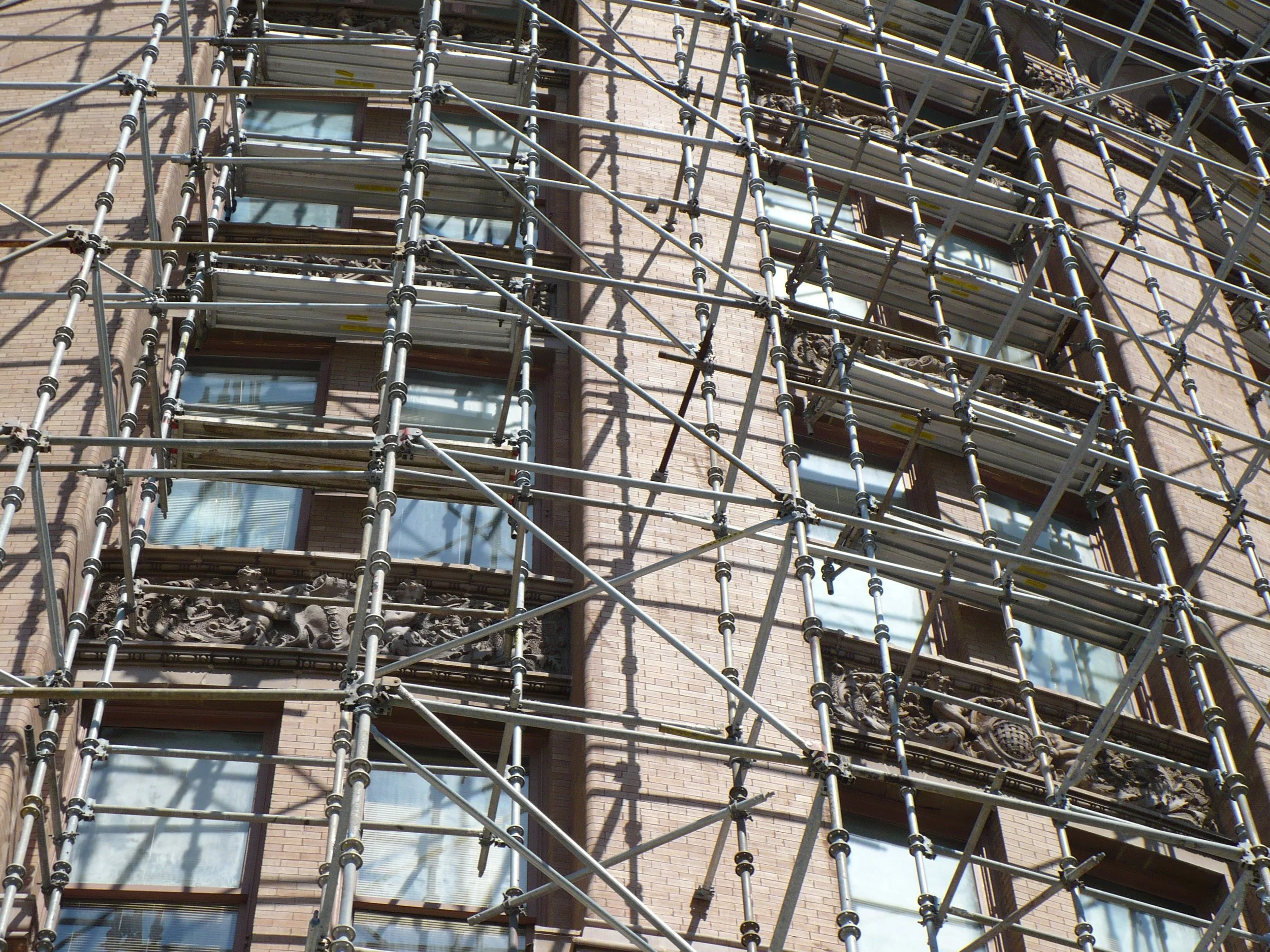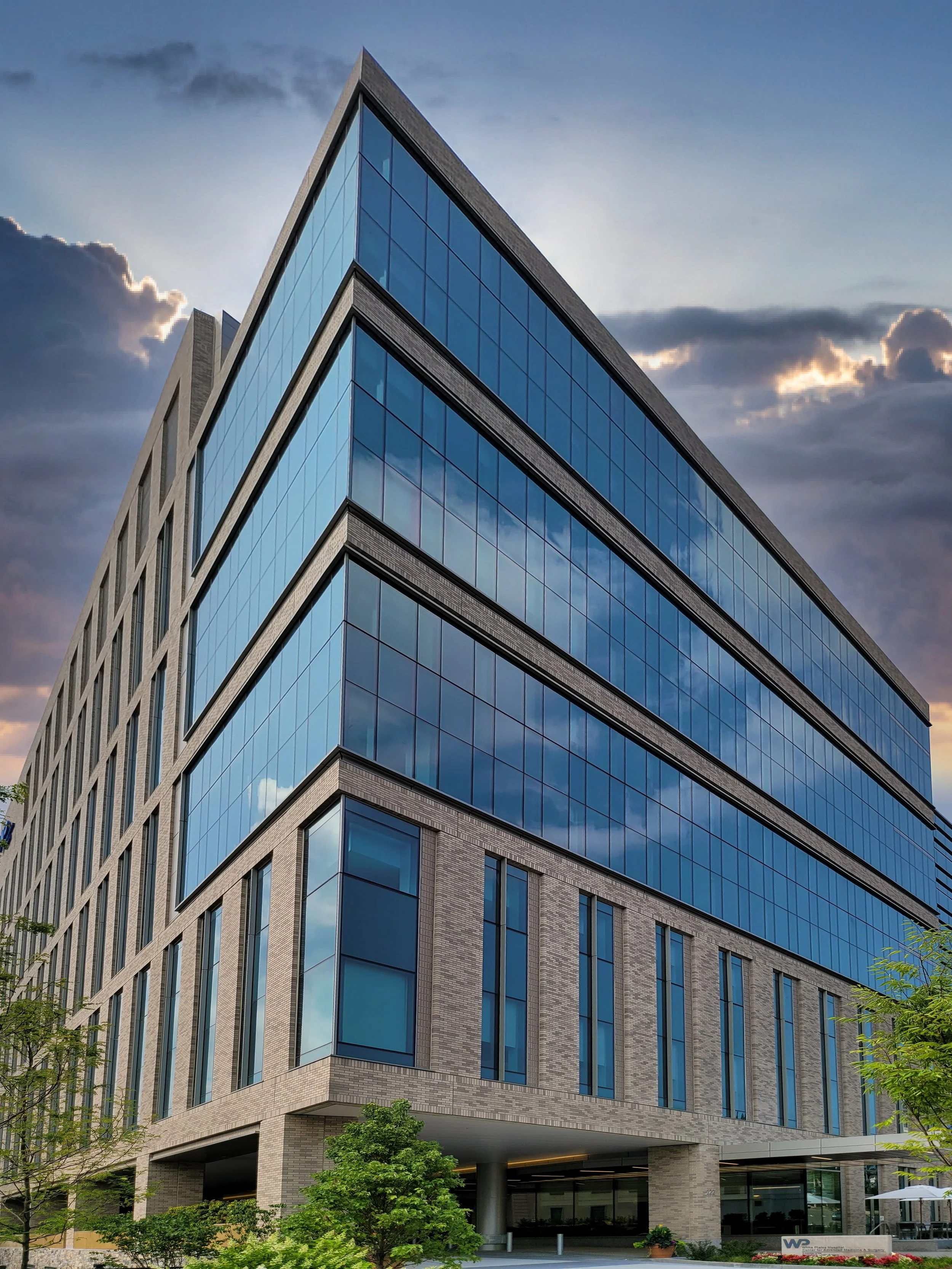Fired clay brick is extremely durable, routinely demanding little in maintenance over the course of centuries. As a wall system, brick masonry and all of its associated components are also very durable, but over time (usually many decades, at least) the mortar binding the individual brick units together on a facade may come to need some attention.
The process of removing defective mortar from between masonry units and replacing it with fresh mortar is called “repointing” or “tuckpointing.” Sounds straightforward enough, right? But, the thought of repointing is often intimidating to people, especially with regard to historic structures. There seems to be a mystery surrounding the process — as if the correct (and affordable) way to do it is somehow unknowable.
Here are five little known facts about repointing, the answers to which may bring you some ease if you are ever called to facilitate a repointing project.
Read More














